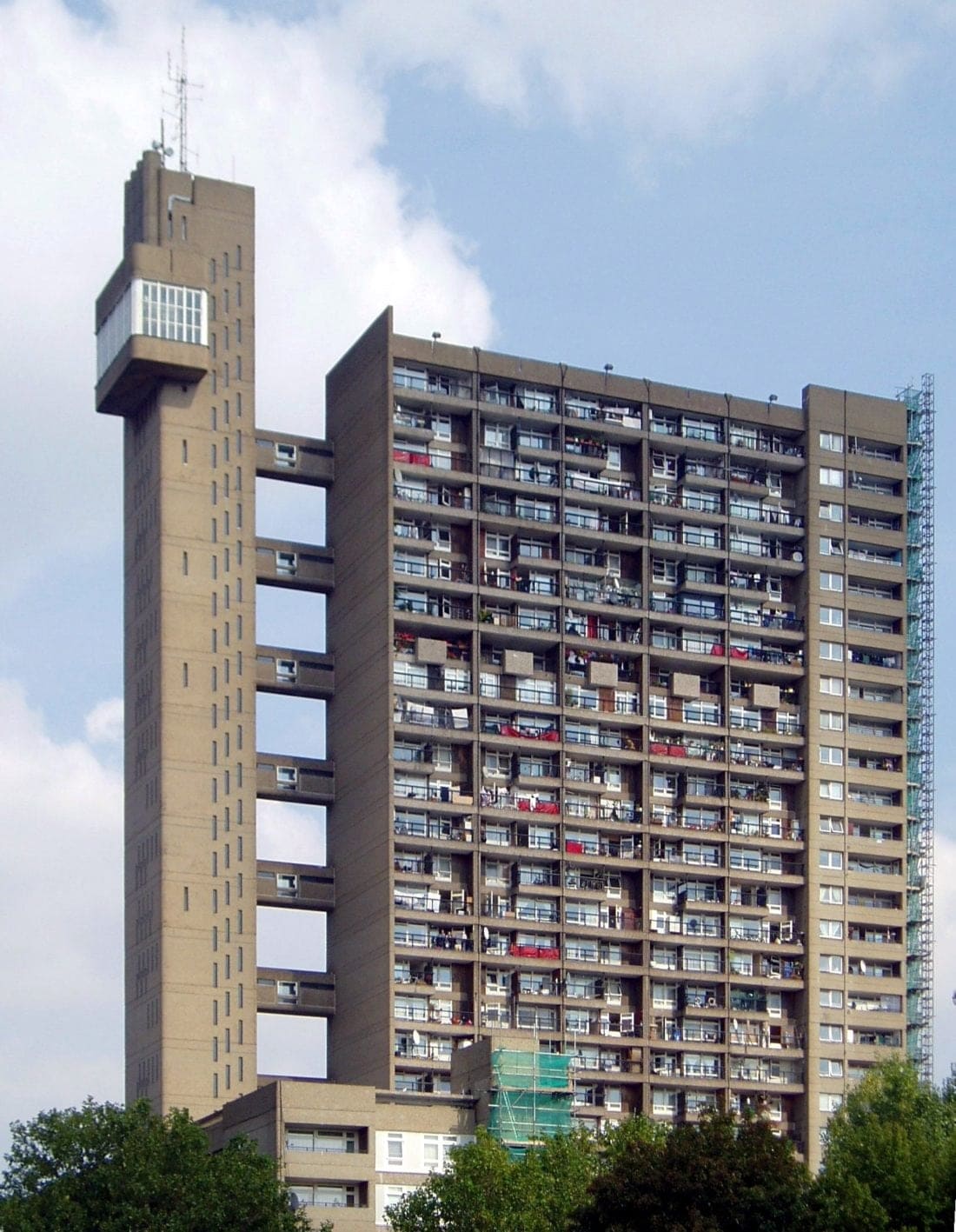Brutalist architecture, a term that often conjures images of stark, imposing buildings, is much more than just concrete behemoths. It’s a story of architectural philosophy, a reflection of societal shifts, and a testament to the raw beauty of unadorned materials. Let’s delve into the essence of brutalism, exploring its origins, global spread, aesthetic features, and the ongoing debate surrounding its legacy.
Imagine walking through a cityscape dominated by colossal structures, their raw concrete surfaces etched with the imprints of wooden formwork, standing as bold statements of a post-war architectural movement. This is brutalism in its most unfiltered form, emerging in the 1950s in the UK as a reaction against the ornate designs of earlier styles. Architects like Le Corbusier and the Smithsons championed this style, which emphasized functionality and a stark aesthetic, reflecting the economic and social realities of the time.
The narrative of brutalism is not confined to the UK; it spread globally, resonating particularly in Eastern Europe. Here, it aligned with the socialist ethos, embodying principles of mass production and utilitarian design. Brutalist structures, often serving as institutional buildings, universities, and housing complexes, became symbols of a new order, striving for egalitarianism and efficiency.
The aesthetic of brutalism is unmistakable: modular elements, geometric shapes, and the extensive use of exposed materials, especially concrete, define its approach. This ‘as found’ aesthetic is not merely a stylistic choice but a philosophical stance, showcasing materials in their natural, unpretentious state. The tactile quality of these buildings, with their textured surfaces and interplay of light and shadow, offers a sensory experience that can be both imposing and intriguing.
Despite its distinct character, brutalism has always been a polarizing style. To some, its monumental scale and utilitarian approach evoke feelings of coldness and alienation, often drawing criticism for contributing to the perceived harshness of urban environments. However, to others, brutalism is an honest expression of materials and an embodiment of a no-frills architectural ethos.
The legacy of brutalist architecture is as layered and complex as the buildings themselves. While the style fell out of favor by the late 1970s, recent years have seen a renewed appreciation for its historical and aesthetic significance. Preservation efforts for iconic brutalist structures have sparked debates about their value and place in the modern urban fabric.
In essence, brutalist architecture offers a lens through which to examine broader societal and cultural shifts. Its monumental forms and raw materials tell stories of a time when the future was envisioned with a blend of optimism and pragmatism, challenging us to consider the role of architecture in shaping human experiences and urban landscapes.
Reflecting on brutalist architecture invites us to ponder its dual nature: Is it a manifestation of an austere, bygone vision, or does it continue to resonate as a bold, unapologetic expression of space and form? The dialogue around brutalism, much like the concrete surfaces of its creations, is etched with complexities and contradictions, encouraging a deeper exploration of its enduring impact on our built environment and collective consciousness.





